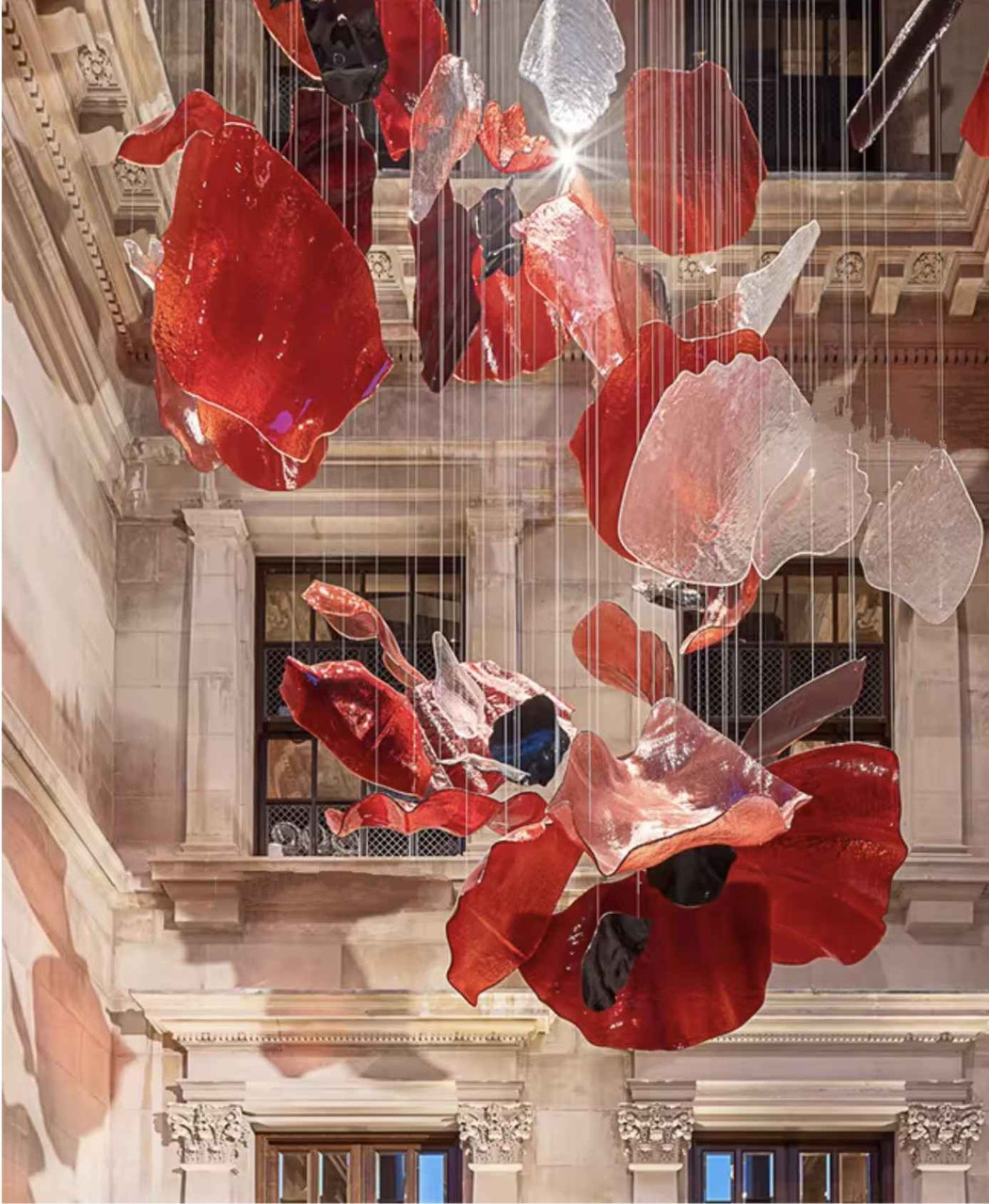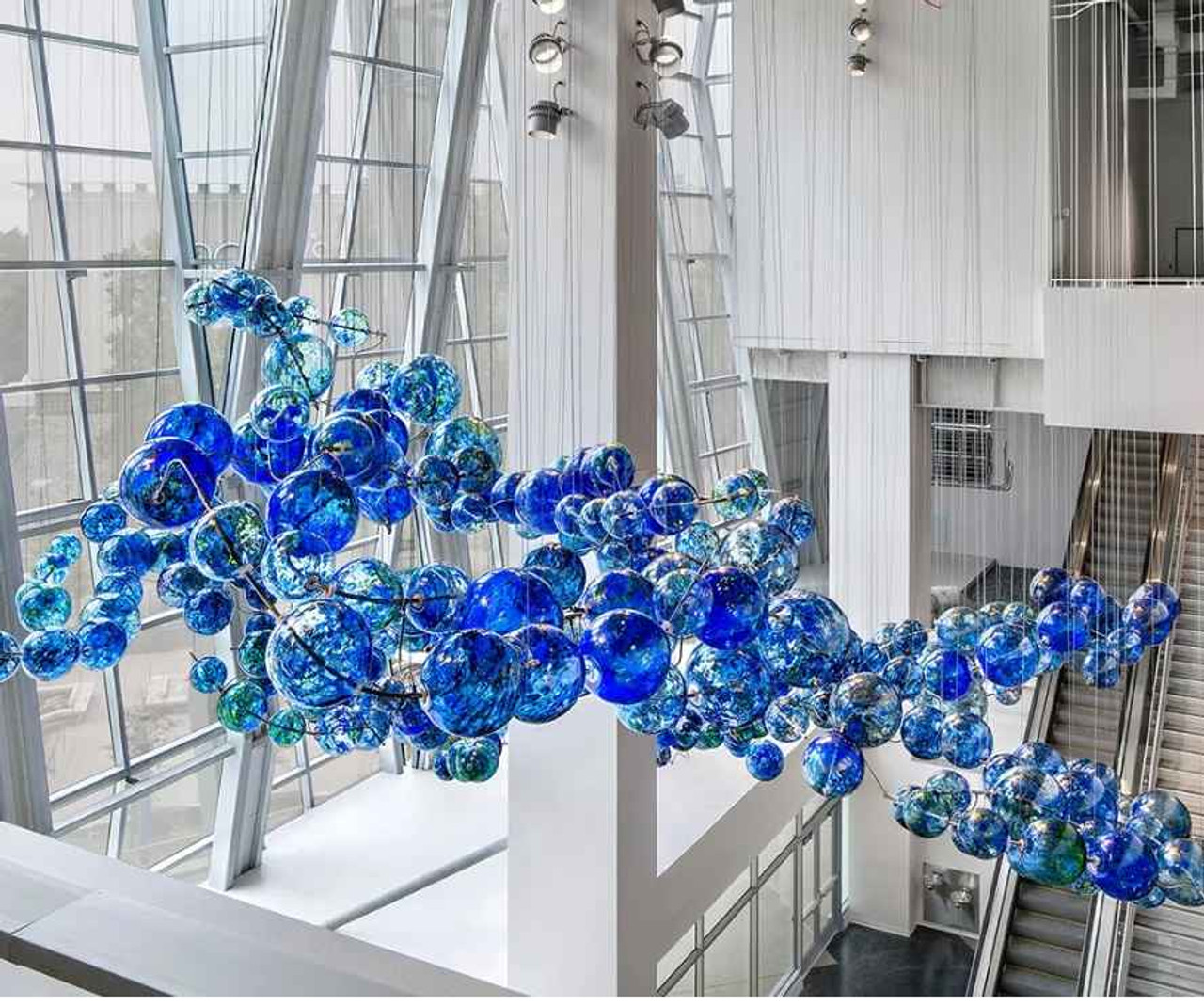How Architects Can Make Buildings More Exciting
1st Aug 2024
How Architects Can Make Buildings More Exciting
Introduction
Architecture has the unique power to shape the way we experience the world. Yet, many buildings today lack the excitement and innovation that can make them truly memorable. As our urban environments expand, it’s crucial that architects push the boundaries of conventional design to create structures that not only serve practical purposes but also inspire and engage their inhabitants. This article explores various strategies architects can employ to transform ordinary buildings into extraordinary works of art.
Incorporate Unique Materials
One of the most effective ways to make a building stand out is through the use of unique materials. Traditional materials like brick, wood, and concrete can be used in unconventional ways, or combined with modern materials like glass, steel, and composites to create a striking visual impact.
Textures and Finishes
Different textures and finishes can evoke various emotions and add depth to the building's design. For example, a mix of rough and smooth surfaces can create a tactile experience that engages visitors on a sensory level. Reflective materials can make a building appear to change with the light, adding a dynamic quality to its appearance.
Sustainable Choices
Sustainability is a growing concern in architecture. Using recycled or locally-sourced materials not only reduces the environmental impact but also gives a building a unique story and character. Green roofs, solar panels, and living walls can be both functional and aesthetically pleasing.
Embrace Natural Light
Natural light can transform a space, making it feel more open, warm, and inviting. Architects can use various techniques to maximize natural light in their designs.
Large Windows and Skylights
Incorporating large windows and skylights can flood a space with daylight, reducing the need for artificial lighting and creating a connection with the outdoors. Floor-to-ceiling windows can provide panoramic views and make indoor spaces feel more expansive.
Open Floor Plans
Open floor plans allow light to travel further into the building, illuminating interior spaces that might otherwise be dark. By minimizing walls and barriers, architects can create a sense of continuity and flow within the space.
Integrate Green Spaces
Integrating green spaces within and around buildings is a powerful way to enhance their appeal and promote well-being.
Indoor Plants and Green Walls
Indoor plants and green walls can bring nature inside, improving air quality and adding a touch of tranquility. These elements can be used to create focal points or to soften the lines of modern architectural designs.
Rooftop Gardens and Outdoor Terraces
Rooftop gardens and outdoor terraces provide residents and workers with a place to relax and enjoy nature, even in urban environments. These spaces can be designed to support biodiversity and offer a respite from the hustle and bustle of city life.
Play with Geometry
Unconventional geometry can make a building visually interesting and distinctive.
Non-linear Shapes
Using curves, angles, and asymmetrical shapes can break away from the monotony of boxy buildings. These forms can create a sense of movement and dynamism, drawing the eye and sparking curiosity.
Unexpected Angles
Unexpected angles and overhangs can create intriguing shadows and contrasts, giving a building a sculptural quality. These elements can also serve functional purposes, such as providing shade or creating sheltered outdoor spaces.
Add Color and Art
Color and art can inject personality and vibrancy into a building.
Bold Color Schemes
Using bold and varied color schemes can make a building stand out and convey different moods. Colors can be used to highlight architectural features or to create patterns and visual interest.
Murals and Sculptures
Integrating murals, sculptures, and other forms of art into the design can add a unique touch and reflect the cultural context of the building. Public art can engage the community and create a sense of place.
Incorporate Interactive Elements
Interactive elements can make buildings more engaging and enjoyable for their occupants.
Movable Walls and Adjustable Lighting
Features like movable walls and adjustable lighting can allow users to customize their spaces to suit their needs. This flexibility can enhance the functionality and appeal of a building.
Communal Areas and Interactive Displays
Designing communal areas and incorporating interactive displays can encourage social interaction and create a sense of community. These spaces can be used for events, exhibitions, and other activities that bring people together.
Consider Cultural and Historical Context
Reflecting the cultural and historical context in the design can make a building more meaningful and relevant to its surroundings.
Local Motifs and Elements
Incorporating local motifs and elements into the design can create a connection with the community and celebrate its heritage. This can be achieved through the use of traditional materials, patterns, and symbols.
Respecting Historical Architecture
Respecting and preserving historical architecture can add depth and character to a building. Combining old and new elements can create a harmonious blend that honors the past while looking to the future.
Focus on Sustainability
Sustainability is not just a trend but a necessity in modern architecture. Sustainable design can also be exciting and innovative.
Eco-friendly Materials and Systems
Using eco-friendly materials and energy-efficient systems can reduce the environmental impact of a building. Features like rainwater harvesting, solar panels, and natural ventilation can be both functional and aesthetically pleasing.
Design for Adaptability
Designing buildings to be adaptable to future needs can extend their lifespan and reduce waste. Flexible spaces that can be easily reconfigured can meet changing demands and provide long-term value.
Engage the Senses
Engaging the senses can create a more immersive and memorable experience.
Touch, Sound, and Smell
Incorporating elements that appeal to touch, sound, and smell can enhance the sensory experience of a building. Textured surfaces, water features, and fragrant plants can create a multi-sensory environment.
Sensory Pathways
Designing sensory pathways that guide visitors through different experiences can create a sense of discovery and adventure. These pathways can use lighting, sound, and other sensory cues to lead people through the space.
Prioritize Human-Centered Design
Ultimately, buildings should be designed with the end-users in mind, considering their needs and experiences.
Comfort and Well-being
Designing for comfort and well-being can make buildings more pleasant and inviting. This can include considerations like acoustics, thermal comfort, and ergonomic design.
Inclusive Design
Inclusive design ensures that buildings are accessible to everyone, regardless of their abilities. Features like ramps, tactile indicators, and clear signage can make a building more user-friendly and inclusive.
Conclusion
Architects have the power to transform the built environment by incorporating creativity, sustainability, and human-centered design into their projects. By embracing unique materials, natural light, green spaces, and interactive elements, they can create buildings that are not only functional but also exciting and inspiring. Reflecting cultural and historical context, focusing on sustainability, engaging the senses, and prioritizing the needs of the occupants can result in structures that enrich our lives and stand the test of time. As we continue to build our cities and communities, let us strive to create architecture that is not just seen, but experienced and cherished.





